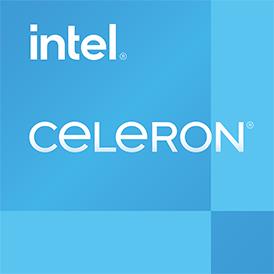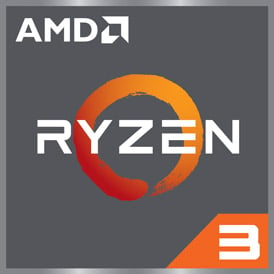 Estimated results for PassMark CPU Mark
Estimated results for PassMark CPU Mark
|
|
AMD Ryzen 3 3300U
4C 4T @ 2.1 GHz
|
5684
|
|
|
Intel Celeron G5900T
2C 2T @ 3.2 GHz
|
2584
|
 Geekbench 5, 64bit (Multi-Core)
Geekbench 5, 64bit (Multi-Core)
|
|
AMD Ryzen 3 3300U
4C 4T @ 2.1 GHz
|
2472
|
|
|
Intel Celeron G5900T
2C 2T @ 3.2 GHz
|
1545
|
 Geekbench 5, 64bit (Single-Core)
Geekbench 5, 64bit (Single-Core)
|
|
Intel Celeron G5900T
2C 2T @ 3.2 GHz
|
818
|
|
|
AMD Ryzen 3 3300U
4C 4T @ 2.1 GHz
|
760
|
 Cinebench R15 (Multi-Core)
Cinebench R15 (Multi-Core)
|
|
AMD Ryzen 3 3300U
4C 4T @ 2.1 GHz
|
510
|
|
|
Intel Celeron G5900T
2C 2T @ 3.2 GHz
|
242
|
 Cinebench R20 (Single-Core)
Cinebench R20 (Single-Core)
|
|
Intel Celeron G5900T
2C 2T @ 3.2 GHz
|
338
|
|
|
AMD Ryzen 3 3300U
4C 4T @ 2.1 GHz
|
309
|
 iGPU - FP32 Performance (Single-precision GFLOPS)
iGPU - FP32 Performance (Single-precision GFLOPS)
|
|
Intel Celeron G5900T
2C 2T @ 3.2 GHz
|
192
|

